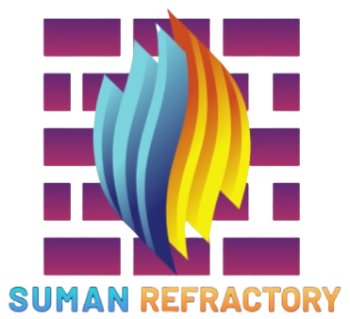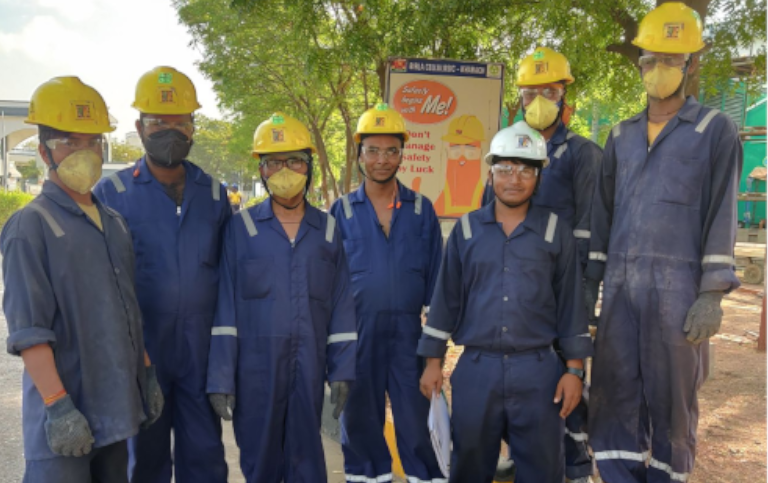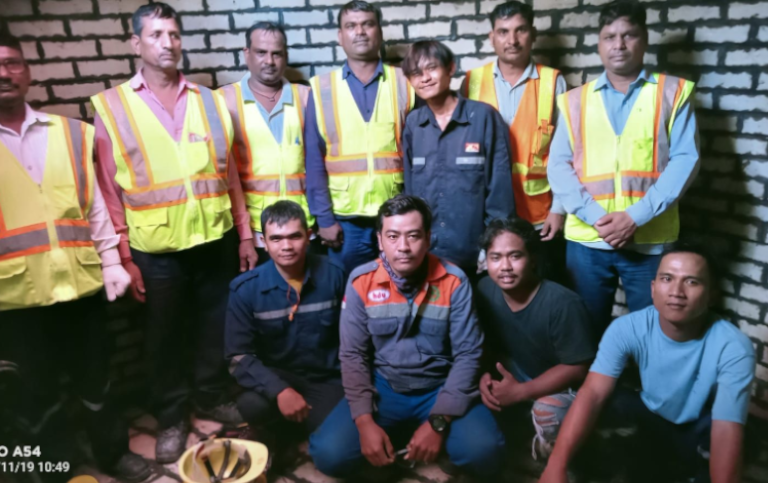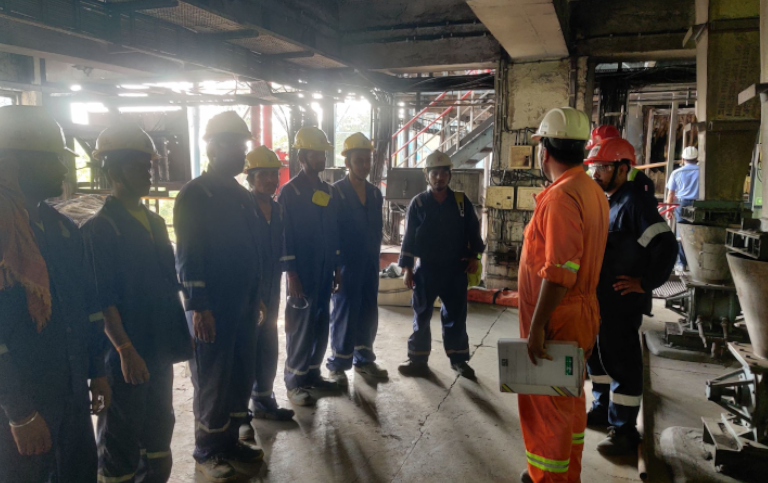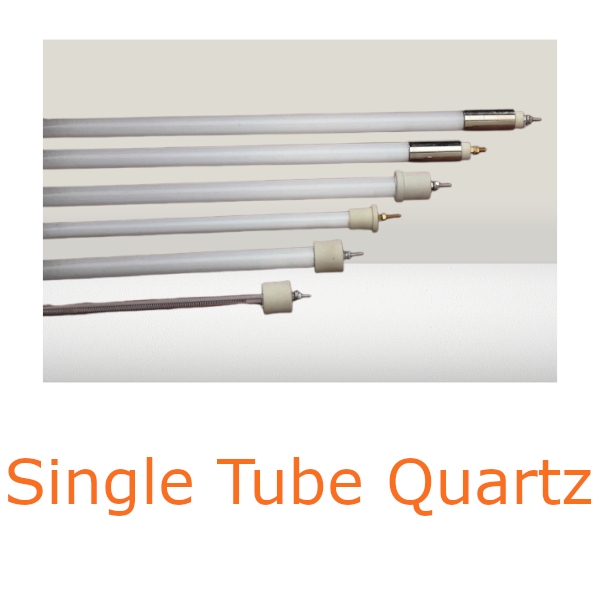Infrared (IR) heaters are a type of radiant heating device that emit infrared radiation to directly heat objects, surfaces, and people without needing to heat the surrounding air. These heaters are widely used in industrial processes, comfort heating, drying, curing, and more. Infrared radiation is part of the electromagnetic spectrum with wavelengths longer than visible light and shorter than microwaves (typically 0.78–1000 μm). IR heaters emit this radiation, which is absorbed by objects and converted to heat.
Infrared heaters are typically categorized based on the wavelength they emit:
| Type | Wavelength (µm) | Surface Temp. (°C) | Response Time | Applications |
|---|---|---|---|---|
| Short-wave (IR-A) | 0.75 – 1.4 | 1800+ | ~1 sec | Industrial drying, glass processing, metal heating |
| Medium-wave (IR-B) | 1.4 – 3.0 | 500 – 900 | ~30 sec | Plastic forming, paint curing |
| Long-wave (IR-C) | 3.0 – 10+ | < 500 | ~5 min | Room heating, textile drying |
General Specifications of IR Heaters
| Parameter | Specifications |
|---|---|
| Heating Element Types |
|
| Power Rating |
|
| Voltage |
|
| Temperature Range |
|
| Construction Materials |
|
| Mounting Options |
|
Infrared Heater Control Systems
- ON/OFF thermostatic control
- Phase-angle or burst-fire thyristor control
- Feedback via thermocouple, pyrometer, or IR sensor
- Zone control for multi-heater systems
✅ Advantages
- Fast response time
- Energy efficient (direct heating)
- Precise zone control
- Clean, no combustion by-products
⚠️ Limitations
- Limited penetration depth
- Can cause overheating if not properly controlled
- Reflective surfaces may affect performance
